Ещё в начале XV века на одном из московских холмов, несколько позже получившем название «Ивановская горка» по устроенному здесь Иоанно-Предтеченскому монастырю, по повелению Великого князя Московского Василия I Дмитриевича были разбиты сады. Здесь же был возведён и загородный великокняжеский терем. В самом конце того же столетия, в 1493 году, после одного из страшных пожаров Москва выгорела дотла. После этого Великий князь Иван III запретил любое строительство подле кремлёвских стен, в том числе и на противоположном от Кремля берегу Москва-реки. Там были разбиты сады, получившие название Новых Государевых, а сады на Ивановской горке стали Старыми садами. Память о них сохранилась в названии старинной московской церкви – Св. Владимира « в Старых садех».
Морозовской сад – пожалуй, последний зелёный оазис, напоминающий нам о древней истории этого места. Своё название он получил по фамилии его последних дореволюционных владельцев – знаменитых купцов Морозовых.
Но сад был устроен задолго до них. Ещё в 1772 году огромное владение между Хохловским и Большим Трёхсвятительским переулками принадлежало сыну молдавского господаря Дмитрия Кантемира Шербану (Сергею) Дмитриевичу Кантемиру. К этому времени здесь уже стоял каменный дом, с последующими перестройками дошедший до нашего времени.
В XIX веке в доме располагалось училище, устроенное Д. Н. Лопухиной. В нём учился двоюродный брат поэта Антона Дельвига Андрей Иванович Дельвиг, будущий строитель мытищинского водопровода.
В середине столетия новым владельцем усадьбы стал известный предприниматель Василий Александрович Кокорев, один из пионеров нефтяной промышленности в нашей стране, устроитель самой первой московской публичной картинной галереи. Как раз при нём главный дом приобрёл декорации фасадов в русском стиле, сохранившиеся до наших дней. Спустя некоторое время финансовые дела Кокорева оказались расстроенными, и он вынужден был продать своё владение на Ивановской горке. Вот тогда-то у него и появились новые хозяева – Тимофей Саввич и Мария Фёдоровна Морозовы.
Прекрасный Морозовский сад, хоть и находился всегда в частной собственности, но был открыт для всех желающих. Как для гостей хозяев усадьбы, так и для жителей соседних домов. Здесь гуляли сотрудники архива Коллегии иностранных дел, располагавшегося с середины XVIII века до 70-х годов XIX столетия в палатах дьяка Емельяна Украинцева в Хохловском переулке - «архивны юноши», воспетые А. С. Пушкиным. Братья Веневитиновы и Тургеневы, В. Ф. Одоевский, А. К. Толстой, С. А. Соболевский. Сам поэт тоже не раз приезжал сюда для работы с архивными документами и прогуливался в старинном саду. Сад помнит А. Н. Островского, С. Т. Аксакова, Л. Н. Толстого, сотрудничавших с журналом «Русский вестник», чья редакция располагалась здесь же по соседству, в Большом Трёхсвятительском переулке. Часто бывал здесь Ф. М. Достоевский, который приезжал не только в «Русский вестник», но и навещал свою любимую тётушку А. Ф. Куманину, жившую в Старосадском (ранее – Космодамианском) переулке.
В саду прошли детские годы будущего полярника-папанинца Э. Кренкеля, пианиста Л. Оборина, кинорежиссера Е. Дзигана.
В советское время сад стал городским. И оставался любимым местом прогулок детворы, жившей на соседних улицах. В главный дом в послевоенные годы въехал детский сад № 304. Именно здесь снимали фильм «Усатый нянь» и Морозовский сад стал съёмочной площадкой целого ряда эпизодов этой замечательной кинокартины.
В 2001 году детский сад был выселен, а дом в последующие два года был реконструирован, в результате чего были полностью уничтожены исторические интерьеры здания, а подлинная белокаменная отделка фасадов заменена на гипсовую копию. А сад… сад по таинственной причине был закрыт для посещений. Под ним устроили подземную стоянку, вырубили часть каштанов, переделали и надстроили до высоты крепостной стены ограду.
Наконец, в марте 2011 года, в результате многолетней борьбы общественности и депутатов, сад вновь был открыт. Сейчас это территория общего пользования. Правда, открыт он не круглосуточно, а только в дневное время.
His name was given by the name of his last pre-revolutionary owners - famous merchants Morozov. In the beginning of the XV century on one of the hills of Moscow, later to be known as "Ivanovo Hill" by dispensation here Ivanovsky Convent, at the command of the Grand Duke of Moscow Vasily I of Moscow were gardens. Here was erected and Country Grand tower. At the end of the same century, in 1493, after one of the terrible fires Moscow burned to the ground. After that, the Grand Duke Ivan III forbade any construction near the Kremlin wall, including on the opposite bank of the Moscow Kremlin River. There were gardens, known as the sovereign's New and gardens Ivanovo hill became the oldest gardens. The memory of them is preserved in the name of the ancient Church of the Moscow - St. Vladimir "in the Old Sadeh." Morozov garden - perhaps the last green oasis, reminds us of the ancient history of this place. His name was given by the name of his last pre-revolutionary owners - famous merchants Morozov. But the garden was arranged long before them. Back in 1772 a huge ownership between Khokhlovskoye and big Trehsvyatitelskaya lane belonged to the son of the Moldavian ruler Dimitrie Cantemir Sherban (Sergei) Dmitrievich Cantemir. By this time there was already standing stone house, rebuilt later come down to our time. In the XIX century in the house was located School, arranged DN Lopukhina. It studied a cousin of the poet Anton Delvig Andrey Delvig, future builder Mytischinskogo plumbing. In mid-century, the new owner of the estate became known businessman Vasily Alexandrovich Kokorev, one of the pioneers of the oil industry in our country, the organizer of the first public art gallery in Moscow. Just when it bought the main house decoration of facades in the Russian style, have survived to the present day. After some time, the financial affairs Kokoreva were frustrated, and he was forced to sell his possession at the Ivanovo hill. That's when he appeared new owners - Timothy Savich and Maria Feodorovna Morozova. Morozov beautiful garden, though there was always privately owned, but was open to all comers. As a guest of the estate owners, and residents of neighboring houses. Here employees walked archive of Ministry of Foreign Affairs, located on the middle of the XVIII century to the 70s of XIX century in the wards clerk Yemelyan Ukraintseva in Khokhlovskoye Lane - «archive boys", sung by Alexander Pushkin. Brothers Venevitinov and Turgenev, VF Odoyevski, AK Tolstoy, SA Sobolewski. The poet himself is also not just come here to work with archival documents and a walk in the old garden. Garden remembers Alexander Ostrovsky, STAksakov, Leo Tolstoy, who collaborated with the magazine "Russian Gazette", whose editors have here in the neighborhood, in the Big Three Saints Lane. Often visited here Fyodor Dostoevsky, who came not only in the "Russian Gazette", but visiting his favorite aunt AF Kumanin who lived in Starosadsky (previously - Kosmodamianskaya) lane. In the garden, childhood home of the future polar-papanintsev E. Krenkel, pianist L. Oborin, director E. Dzigana. In Soviet times, the garden became a city. And remain a favorite place for walking the kids who lived in the surrounding streets. In the main house in the postwar years, entered kindergarten № 304. Here filmed "Moustached Nurse" and Morozov garden became the set area of a number of episodes of this wonderful film. In 2001, the kindergarten was evicted, and the house in the next two years has been reconstructed, resulting in completely destroyed the historic interiors of the building, and a genuine white stone decoration of facades replaced by a plaster copy. A garden ... garden for mysterious reasons was closed to the public. Under it staged an underground parking lot, cut down part of the chestnuts, altered and have built up to the height of the fortress wall fence. Finally, in March 2011, as a result of the long struggle of the public and the deputies, the garden was reopened. Now this area for general use. However, it is not open around the clock, but only during the daytime.


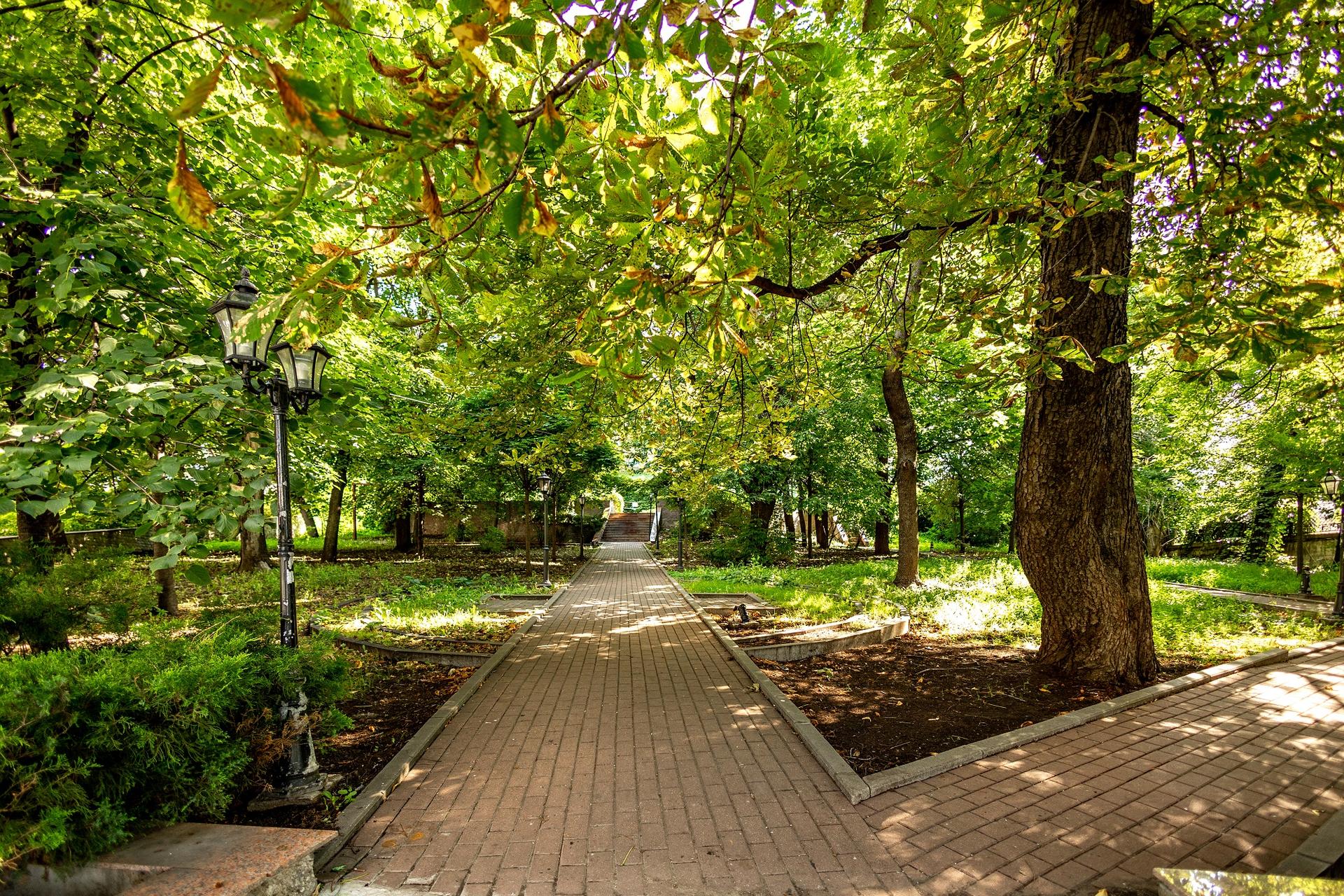
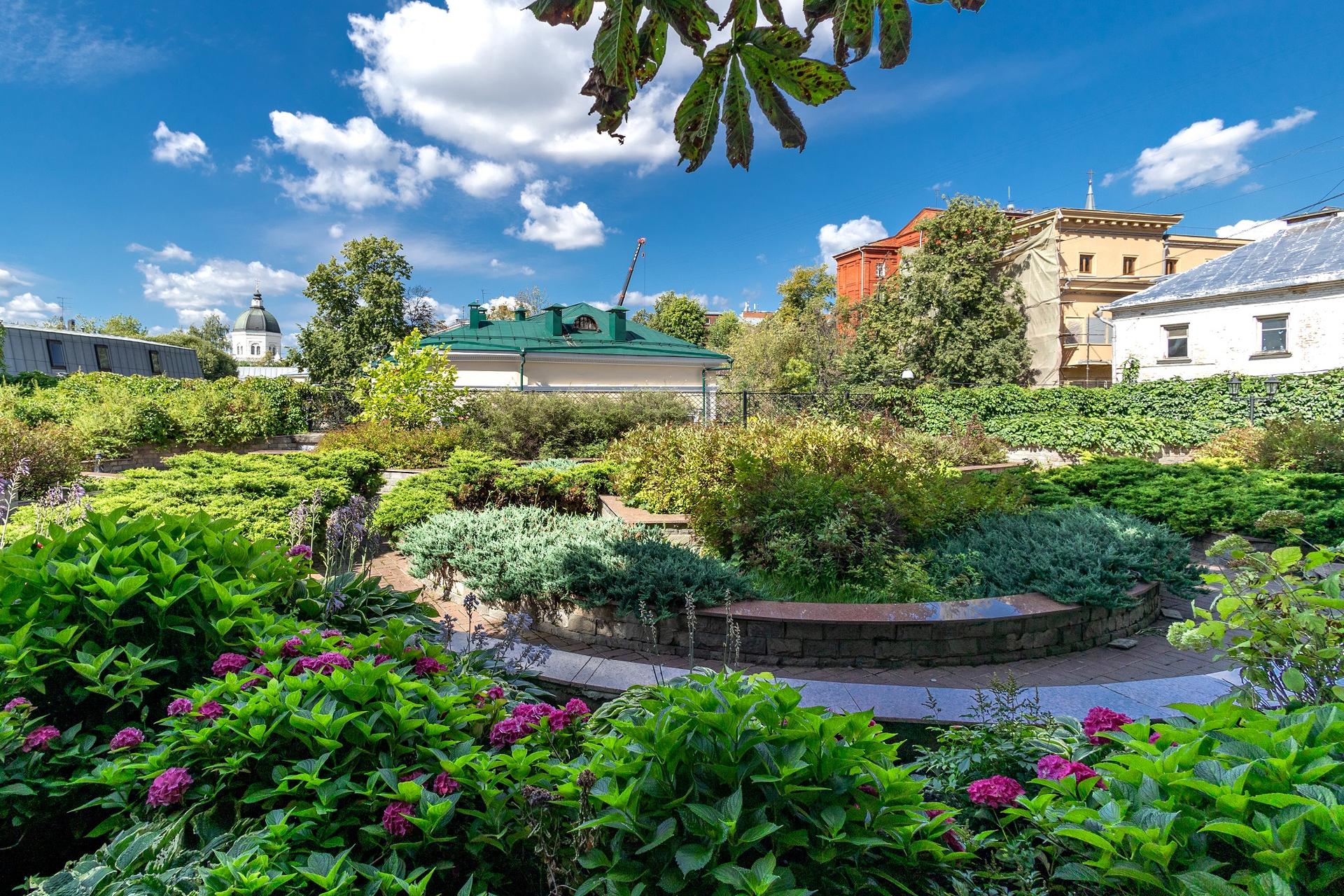
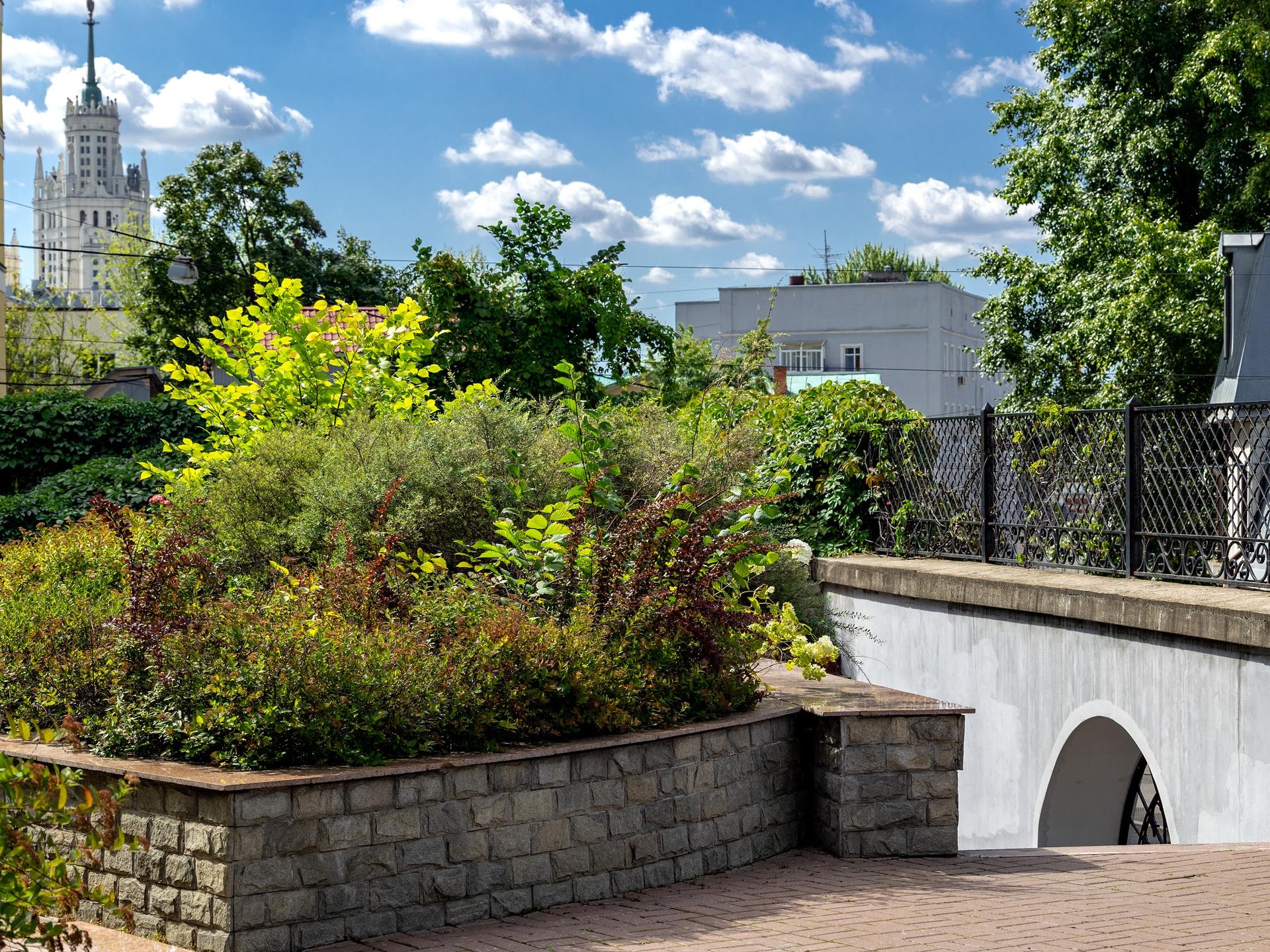

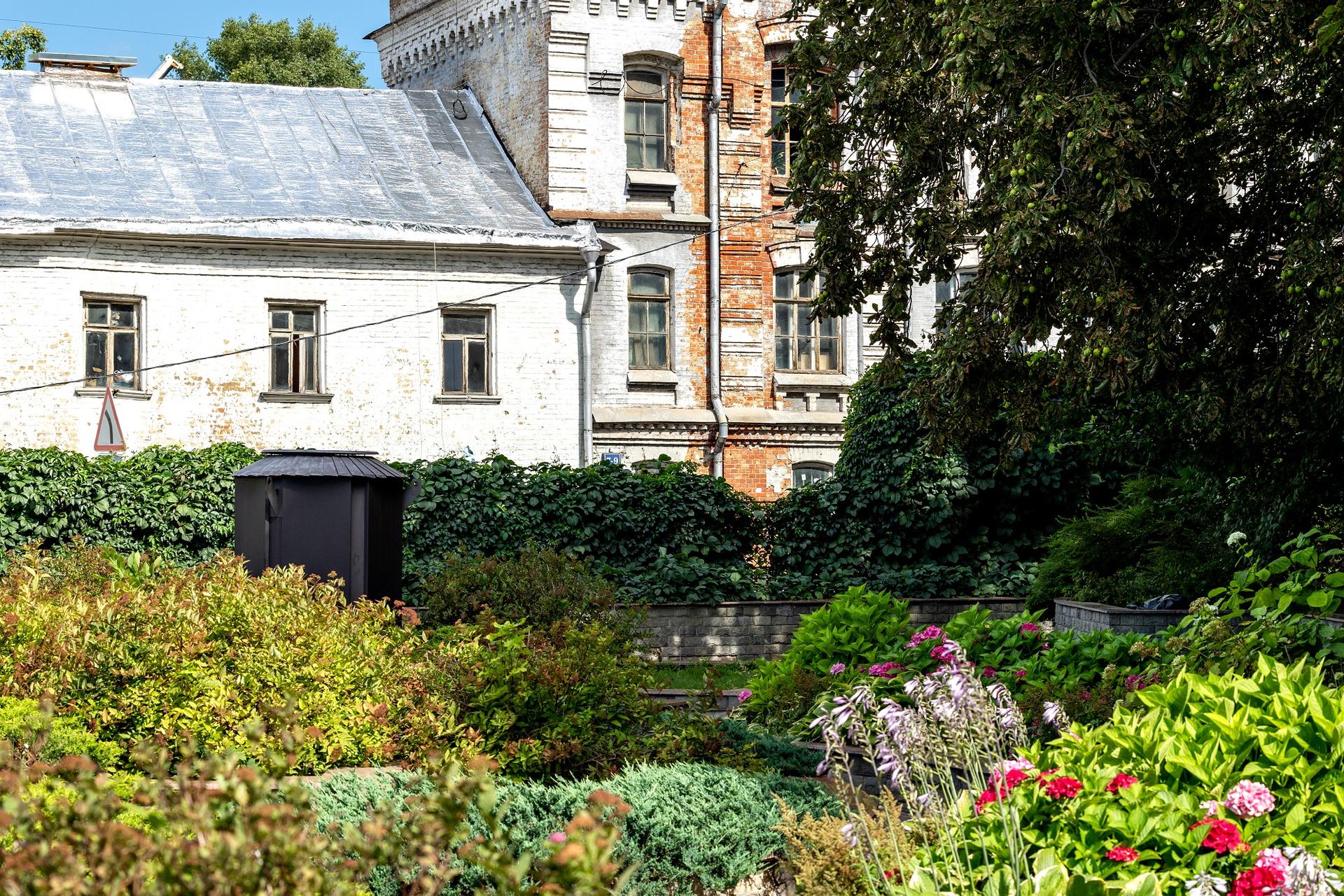
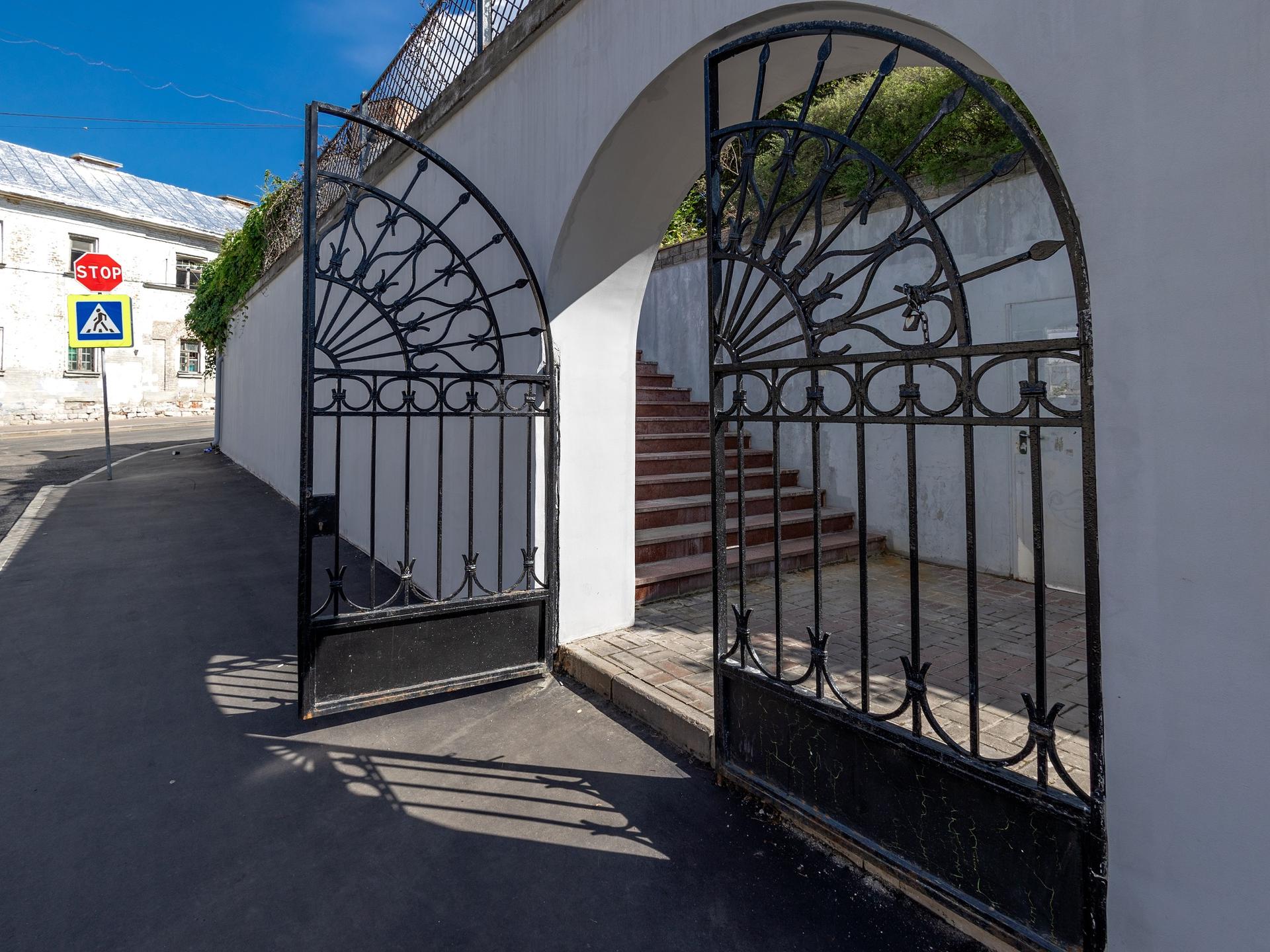
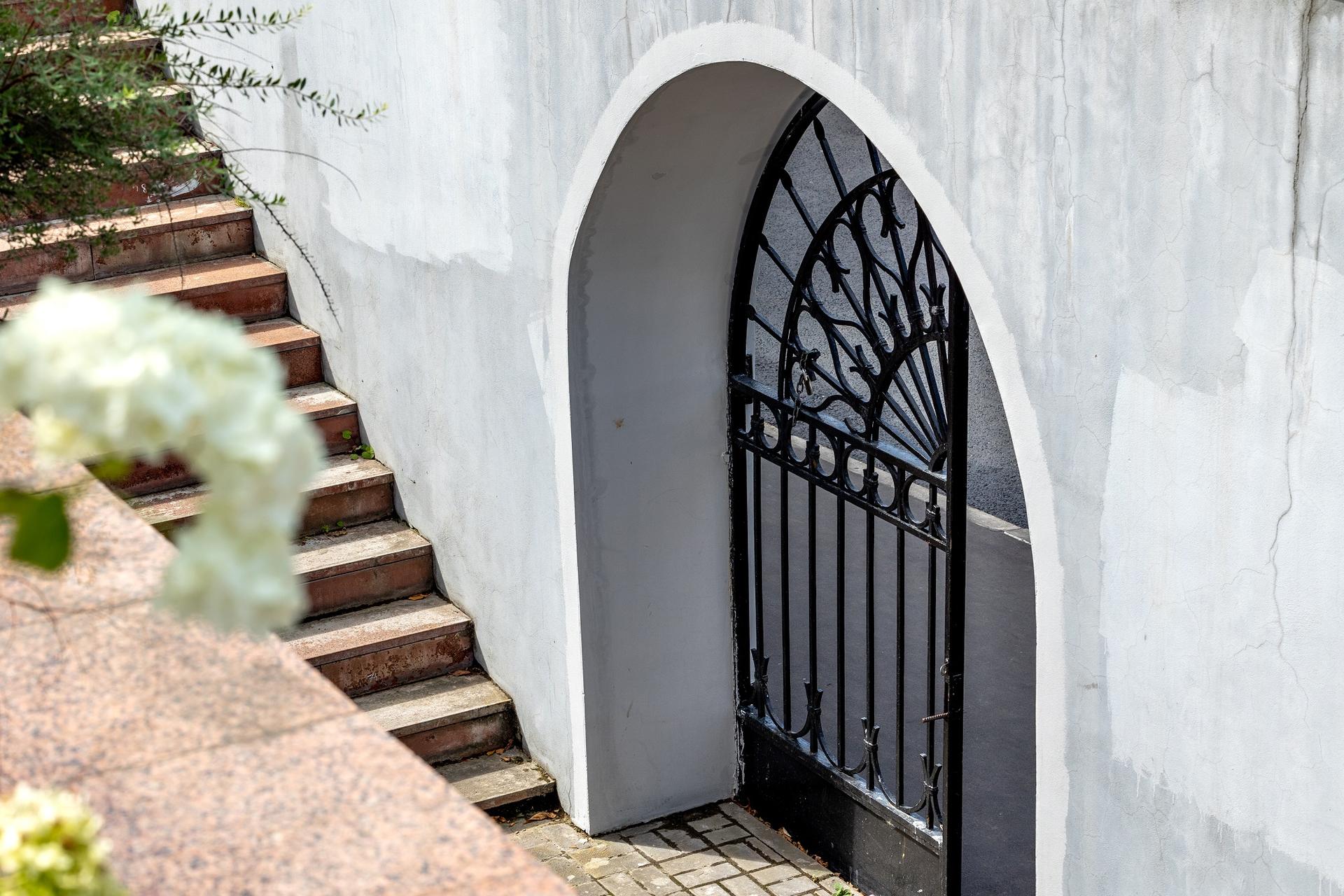
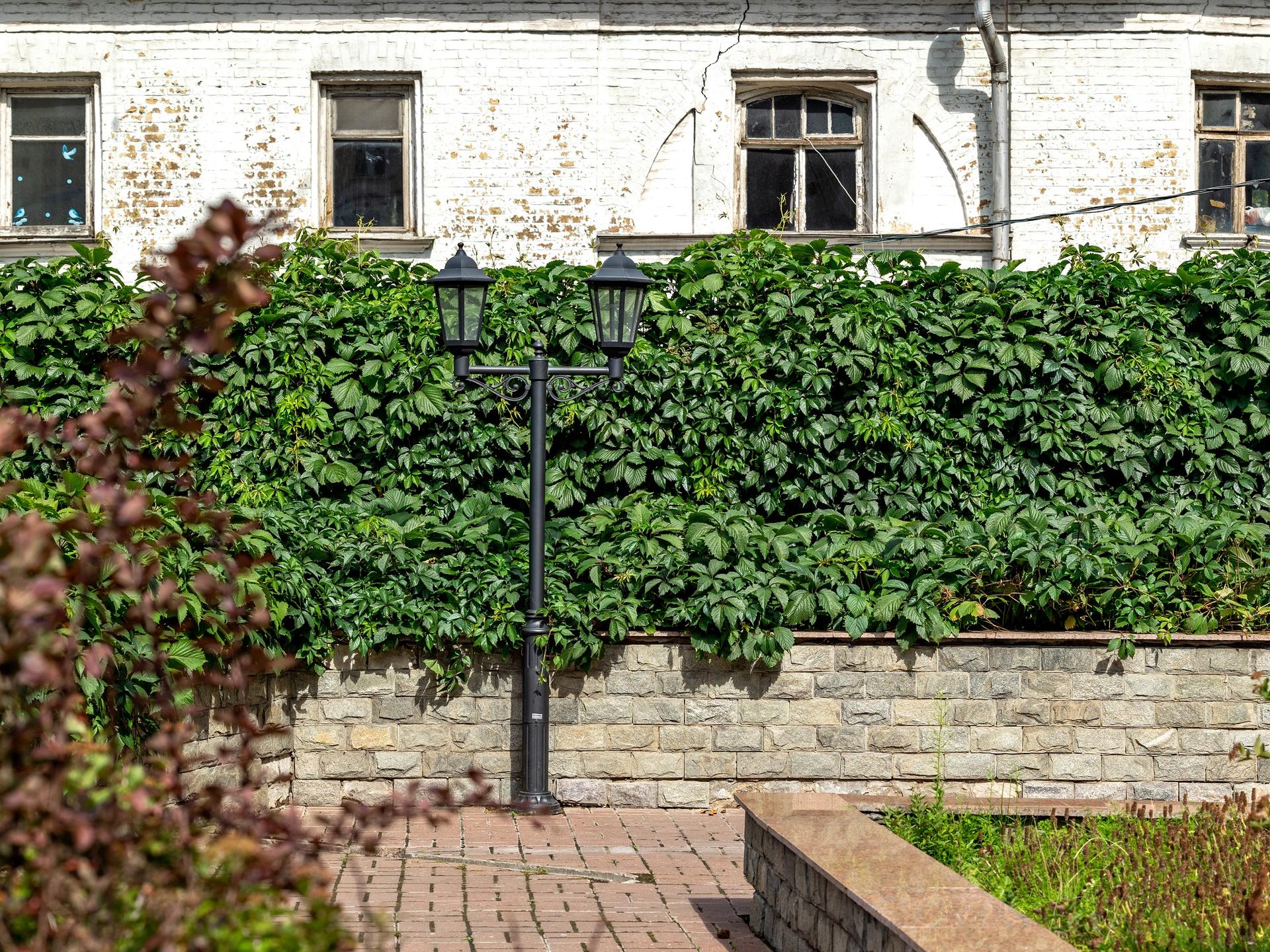


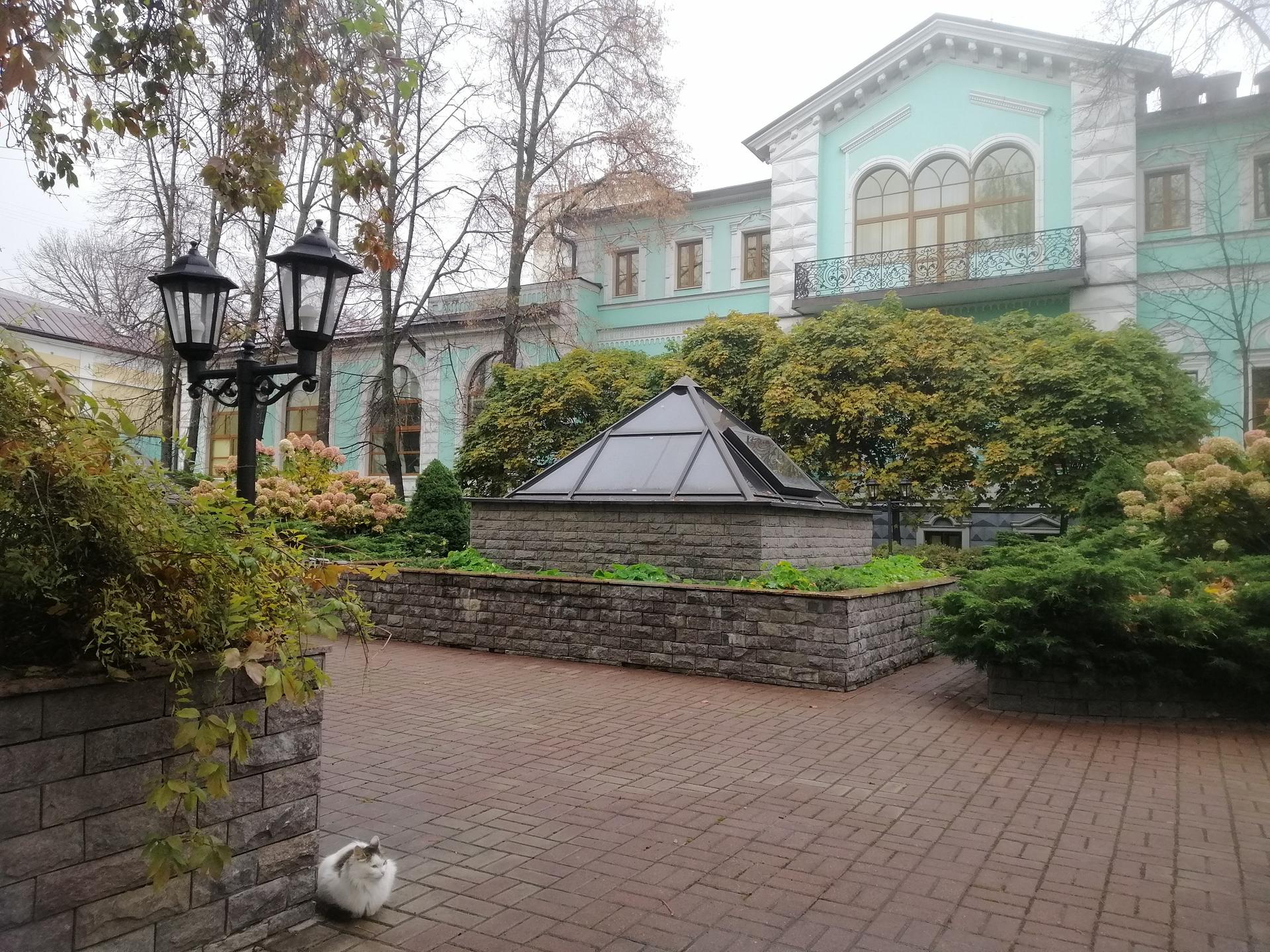
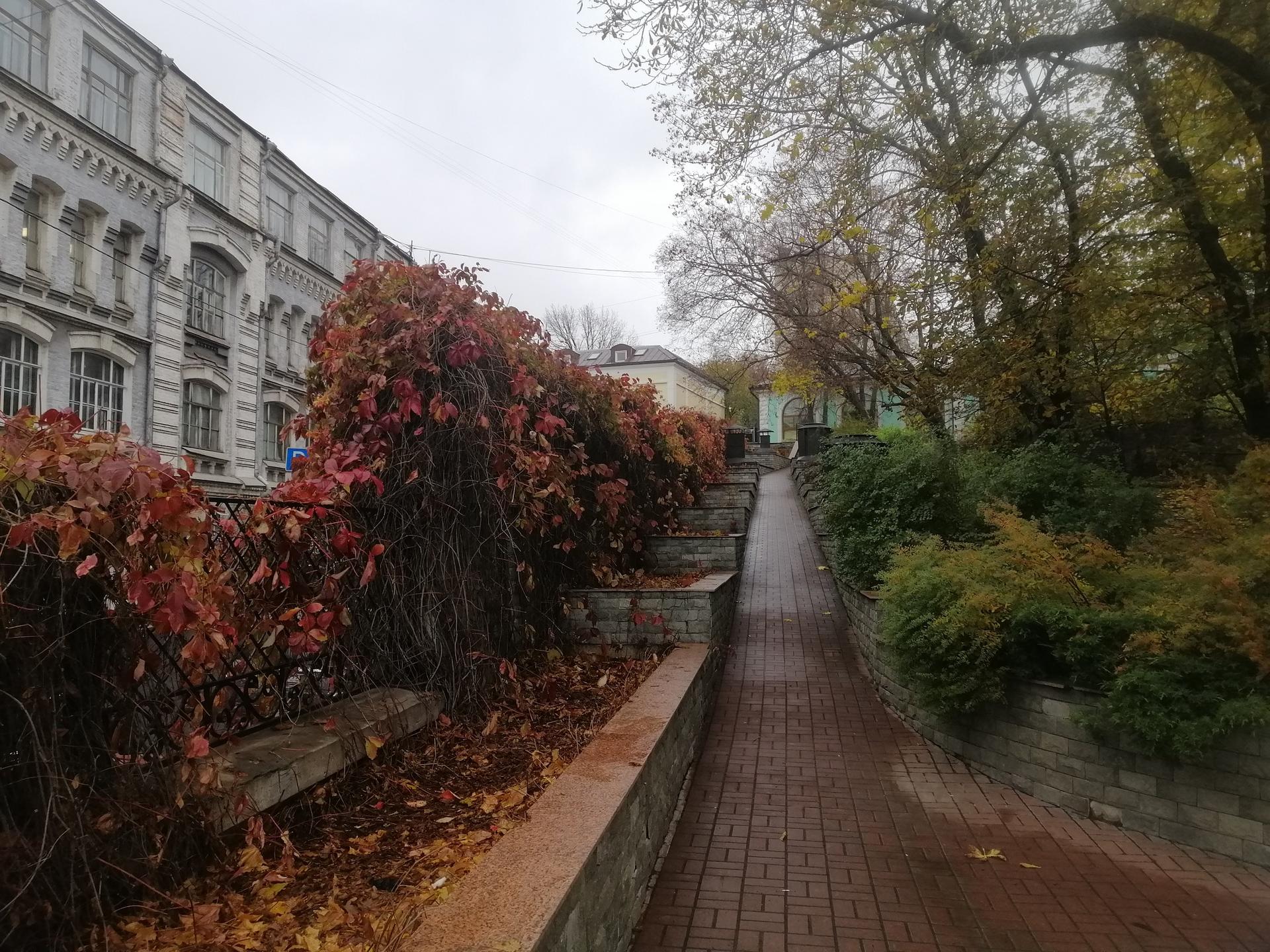
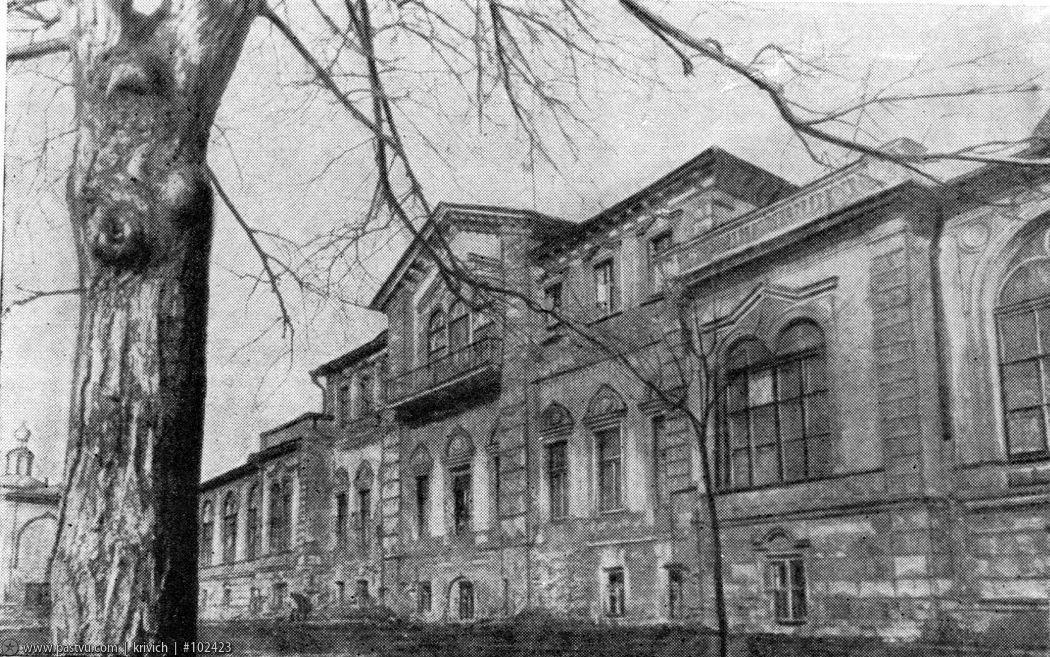

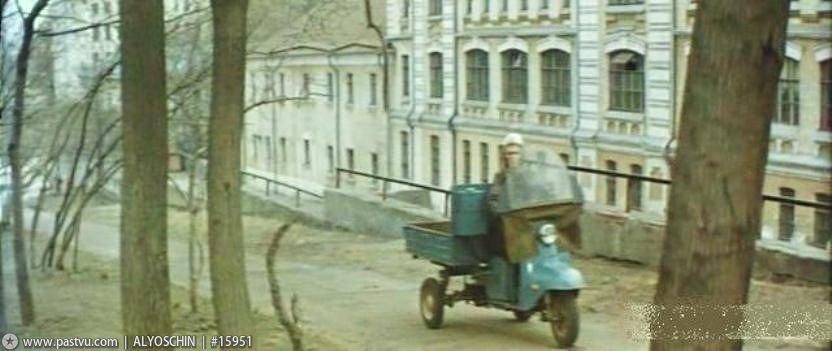






.jpg&w=1920&q=75)


.jpg&w=1920&q=75)


